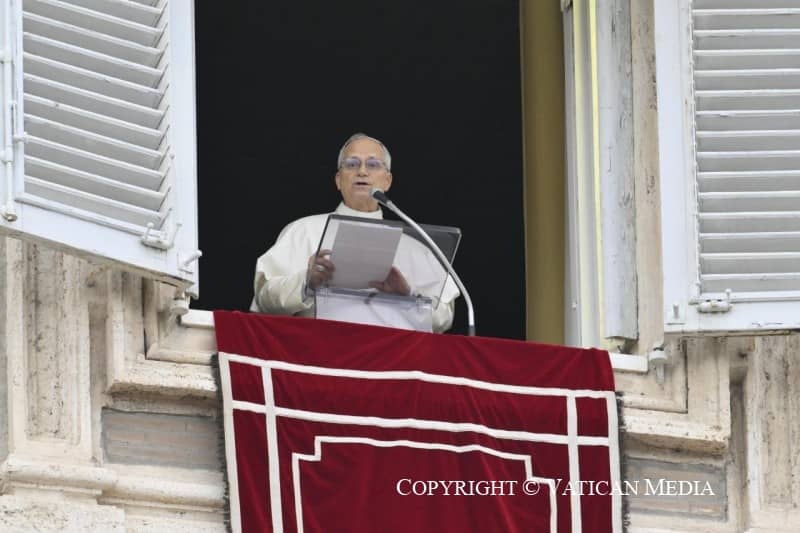The Catholic Church needs to heed history’s greatest hockey player and needs a dose of Pentecost courage to make that happen. Granted, “ice hockey” and “Pentecost” may never before have appeared in the same sentence, but an anecdote from Pope Francis’s earlier life will explain the juxtaposition.
As archbishop of Buenos Aires, Cardinal Jorge Bergoglio shepherded more than two million Catholics. Not that his priests saw most of them each Sunday.
The city’s population of regular churchgoers had been (and still is) slowly but inexorably slipping. Many baptized Catholics were instead attending Evangelical and Pentecostal churches, or weren’t attending church at all. Similar problems have been afflicting Catholicism in dozens of countries on multiple continents.
Bergoglio had read research suggesting that the effective reach of a parish extended about 700 meters from the church door; folks who lived further away were less engaged.
So, he proposed renting a few small storefronts, strategically situated outside each parish’s 700-meter perimeter, so to speak. Each storefront would be staffed by a lay minister who might give religious instruction, spend time with people, or distribute Communion.
But one of his priests objected. If these outreach centers were opened, folks might stop coming to Mass. To which Bergoglio quipped, “Is that so? Do you mean to say that you have so many coming to mass at the moment?”
It seems that the priest preferred to preside passively over a languishing, shrinking parish than try something that might help revitalize it. Simply put, he was unwilling to bear the risk of success.
That same fearful, risk-averse thinking is what kept Jesus’ disciples bottled up in that upper room in the days following Jesus’ Ascension.
Things changed after Pentecost, the feast we Catholics just celebrated. From that Pentecost moment, the disciples started heading for frontiers, encountering new cultures, languages, geographies, you name it.
They experimented; they adapted their approaches and language dramatically, never forsaking the essentials, of course, but ever experimenting with new forms of outreach. They became risk takers, and the Church spread across the world as a result.
That priest in Buenos Aires was afraid that a changed approach might bring a complication or two. But what should really discomfort Catholics right now is what happens absent changed approaches.
The last half century has seen steadily falling participation in the sacraments, waning interest in Catholicism among young adults, clergy shortages, and all this not in one country but on at least four continents.
If some of these trend lines continue as they are for a few more decades, Catholics will be dealing with far more uncomfortable challenges than whatever discomfort may arise today from experimenting with an unproven initiative or two.
Which now brings us back to history’s finest ice hockey player, Canada’s Wayne Gretzky, who during the 80s and 90s became the most prolific scorer of all time. Gretzky once said something that seems deeply prophetic in the Church’s current circumstances: “You miss 100% of the shots you don’t take.”
That Buenos Aires priest was unwilling to take a shot. He was unwilling to take the risk of succeeding. If the Church’s challenges were easily solved, we would long ago have figured out the way forward in this complex new century. That’s precisely why we have to heed Gretzky: we have to take more shots to see what works and what doesn’t.
In that spirit, let me offer two modest next steps, adapted from my recently published Everyone Leads: How to Revitalize the Catholic Church:
- Once a year, every parish council (or, even better, a parish-wide gathering) could undertake a self-examination, what we might call a “Gretzky audit”: What “shots” did we take as a parish this last year? That is, can we point to any really new things we tried, with respect to enfranchising young adults, reaching out to those who have walked away, or serving our community’s poorest and most marginalized people? Have we been willing to risk success? Are we showing some of the mettle of those post-Pentecost disciples?
- Once a year, each archdiocese (or clusters of smaller dioceses) could sponsor a competition, inviting individuals (or parishes) to pitch innovative proposals for improving parish engagement, outreach, service to poor communities, fundraising, professionalization of administration, or any other aspect of parish life. A panel of experts, chosen from the church community for their entrepreneurial experience in business or organizational life, would select the best idea and award a seed-funding grant. The archdiocese could then replicate the ideas that go on to succeed and learn lessons from those that don’t.
Would Bergoglio’s “storefront outposts” have proven a highly successful initiative in Buenos Aires? I don’t know. But I do know this: you miss 100% of the shots you don’t take. And in this challenging 21st century environment, the Catholic Church needs to start taking some more innovative shots.
Chris Lowney is author of Everyone Leads: How to Revitalize the Catholic Church.
















